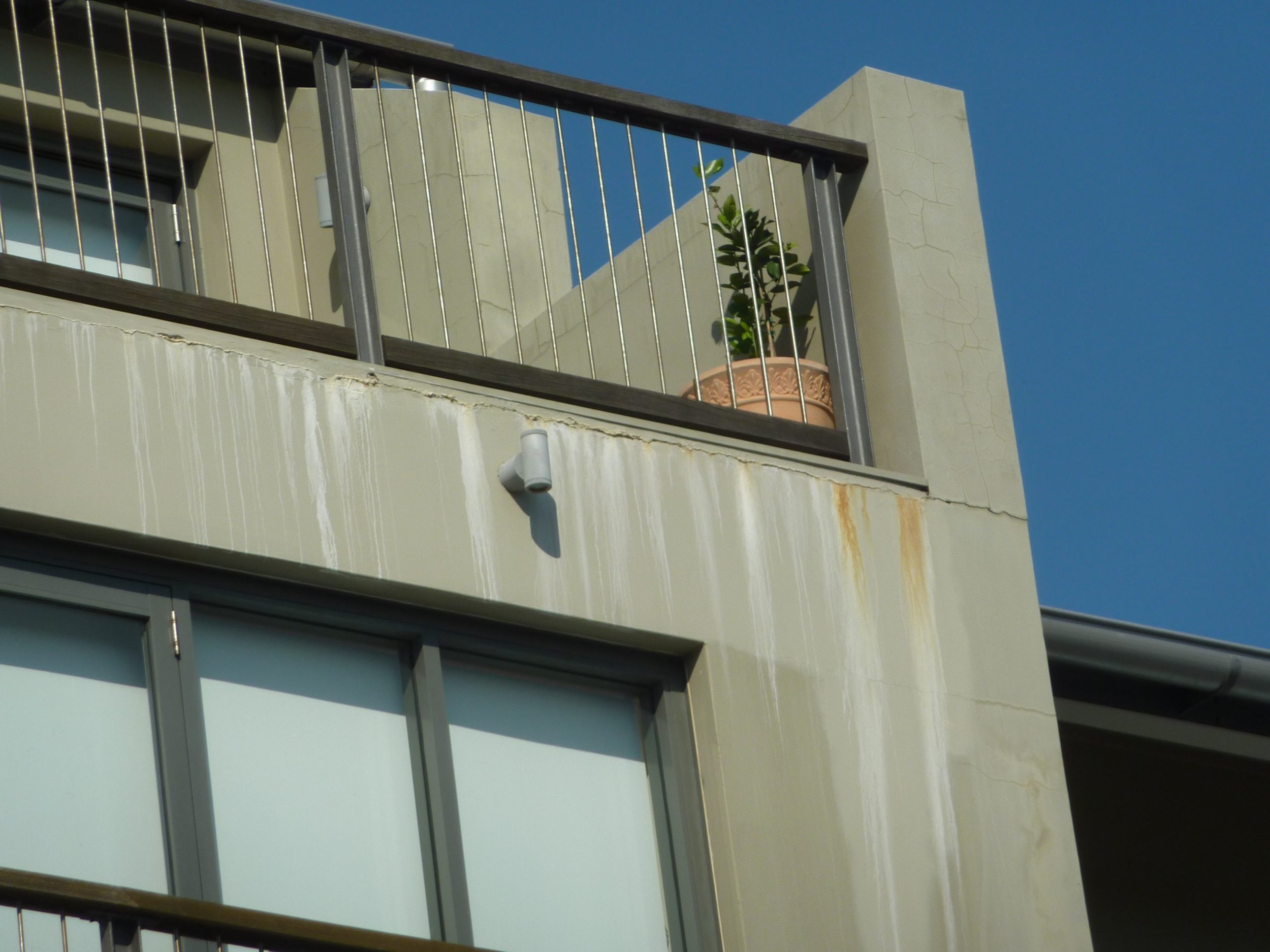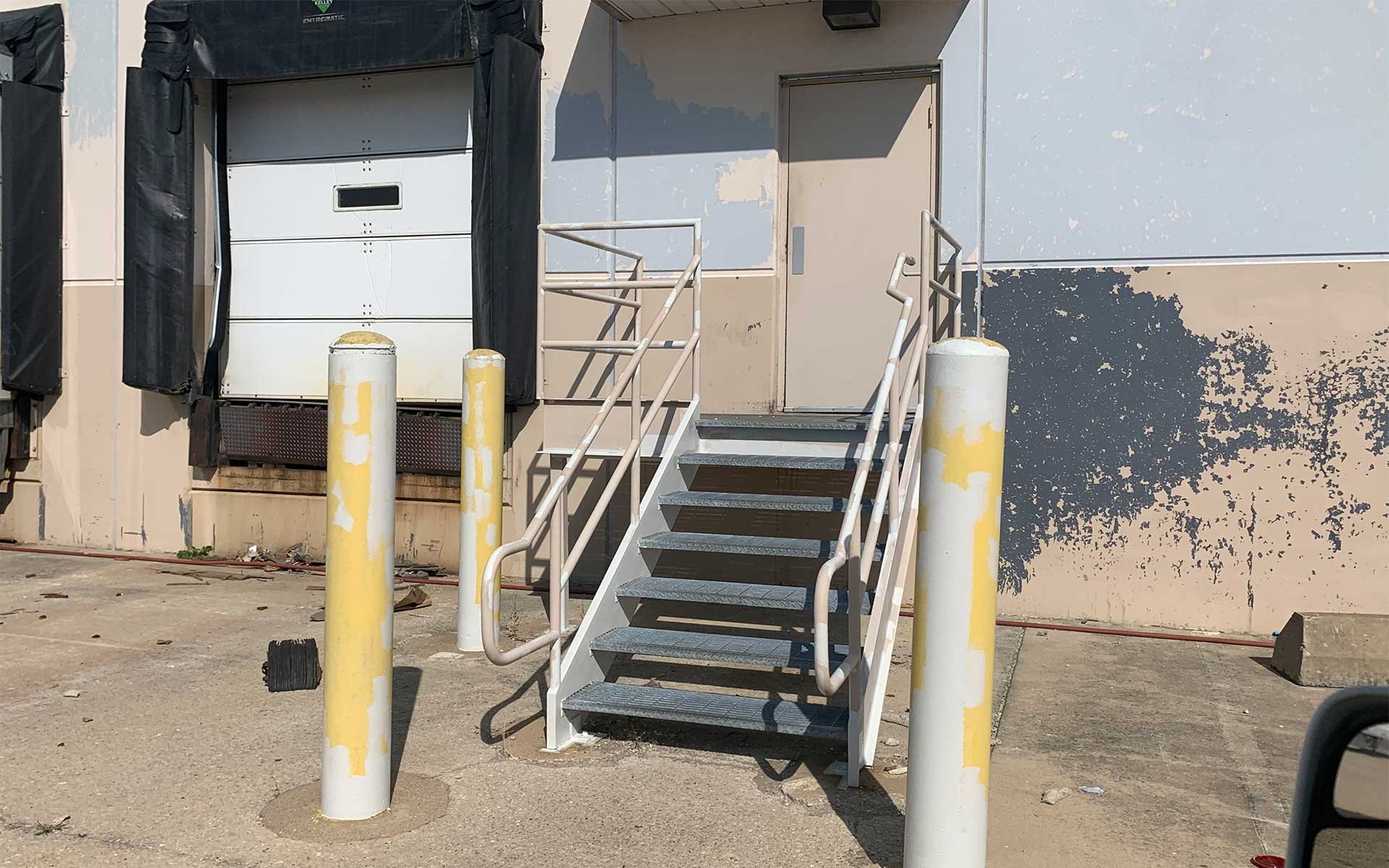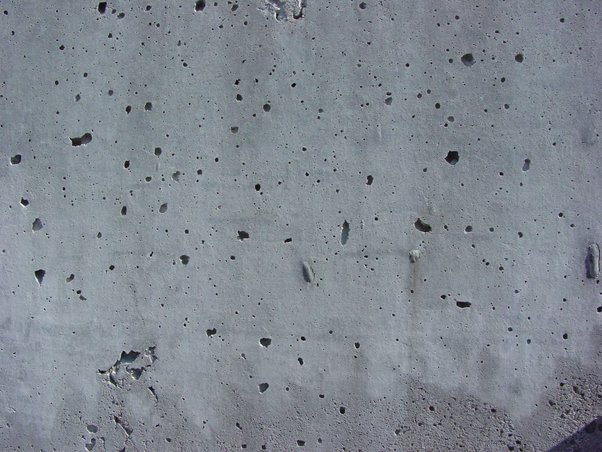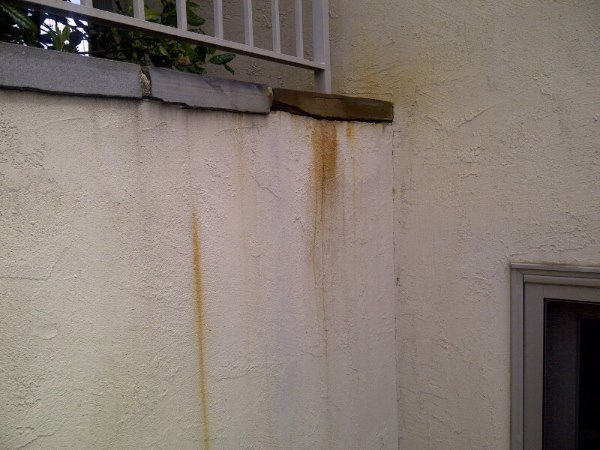Success When Coating Concrete
Looking to fix, maintain, or upgrade the look of concrete at your building or home? Here are a few helpful tips before applying just any coating.
Evaluate The Surface - An existing finished concrete surface can offer a variety of clues as to the problems that may be linked to a previous coating application issue.
Some common problems are:
a) White powdery deposits on the surface of masonry can indicate that salts and water were drawn out of the masonry.
b) Peeling, sagging paint is a likely result if concrete surfaces were previously painted when wet.
c) Pinholes in the film could result from outgassing during application, improper application, or painting over contaminants.
d) Water or rust staining on concrete surfaces can indicate a flow or pooling problem that you may need to correct before coating.
Before starting to repaint a concrete surface always determine the cause of any existing failure AND then make sure to fix it. Otherwise, there’s a very good chance that whatever caused the initial coating to fail will cause the repaint coat to fail, and you’ll have thrown a lot of money down the drain.
Consider The Coating Solution - Once you have an idea of the concrete’s condition, you can choose a coating that meets your needs.
Ask yourself …
What am I trying to achieve?
Does the surface need to hold up to heavy traffic?
What’s the preferred aesthetic for the building?
What is the overall longevity of the space?
Do I need to keep wind-driven rain out of the building?
Once you know what you are trying to achieve, there are a variety of coatings out there for you to choose from that will meet your needs. When you are choosing paint, be sure to choose one specifically formulated for use on concrete.
Fix & Prepare The Surface - Surface preparation before applying a paint/sealer to existing concrete is critical to a successful outcome. All oil, grease, stains, dirt, and dust must be removed, or they may prevent the sealer from adhering properly. Fill in all gaps, holes, divots, etc. for a smooth application surface.
For both exterior and interior projects, applying a specially formulated primer to concrete prepares the surface, accomplishing several important scenarios:
Primer fills any small gaps or voids, creating a smooth, uniform surface
Primer works as a bonding agent between the concrete and the paint, assuring proper adhesion to both surfaces
Primer soaks into cement, protecting it from damage over time
Primer prolongs the life of the paint or stain
Primer turns a poor surface for paint into one that accepts paint and topcoats beautifully
If a sealer is being applied over a different brand of sealer, most manufacturers advise removing all traces of previously used sealers, since the products may not be compatible. To do this preparation may include Diamond Grinding, Shot Blasting, Hand Grinding, and Sanding.
Before you begin painting your concrete building, walls, or floors contact Cobb Brothers Company and receive free advice on the best way to prepare and apply the appropriate concrete coating for your project.
For a free estimate or to ask a question contact us today at 508-655-7910 or info@CobbBrothersCo.com






